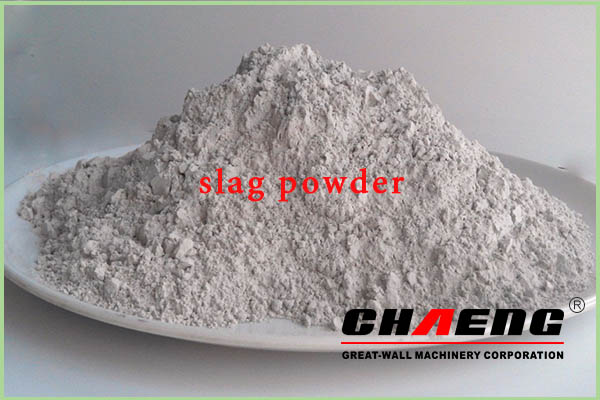
News Date:2019-01-09 15:12:51
The chemical composition of a slag(slag products applications) varies considerably depending on the composition of the raw materials in the iron production process. Silicate and aluminate impurities from the ore and coke are combined in the blast furnace with a flux which lowers the viscosity of the slag. In the case of pig iron production the flux consists mostly of a mixture of limestone and forsterite or in some cases dolomite. In the blast furnace the slag floats on top of the iron and is decanted for separation. Slow cooling of slag melts results in an unreactive crystalline material consisting of an assemblage of Ca-Al-Mg silicates. To obtain a good slag reactivity or hydraulicity, the slag melt needs to be rapidly cooled or quenched below 800 °C in order to prevent the crystallization of merwinite and melilite. To cool and fragment the slag a granulation process can be applied in which molten slag is subjected to jet streams of water or air under pressure. Alternatively, in the pelletization process the liquid slag is partially cooled with water and subsequently projected into the air by a rotating drum. In order to obtain a suitable reactivity, the obtained fragments are ground to reach the same fineness as Portland cement.

The main components of blast furnace slag are CaO (30-50%), SiO2 (28-38%), Al2O3 (8-24%), and MgO (1-18%). In general increasing the CaO content of the slag results in raised slag basicity and an increase in compressive strength. The MgO and Al2O3 content show the same trend up to respectively 10-12% and 14%, beyond which no further improvement can be obtained. Several compositional ratios or so-called hydraulic indices have been used to correlate slag composition with hydraulic activity; the latter being mostly expressed as the binder compressive strength.
The glass content of slags suitable for blending with Portland cement typically varies between 90-100% and depends on the cooling method and the temperature at which cooling is initiated. The glass structure of the quenched glass largely depends on the proportions of network-forming elements such as Si and Al over network-modifiers such as Ca, Mg and to a lesser extent Al. Increased amounts of network-modifiers lead to higher degrees of network depolymerization and reactivity.
Common crystalline constituents of blast-furnace slags are merwinite and melilite. Other minor components which can form during progressive crystallization are belite, monticellite, rankinite, wollastonite and forsterite. Minor amounts of reduced sulphur are commonly encountered as oldhamite.